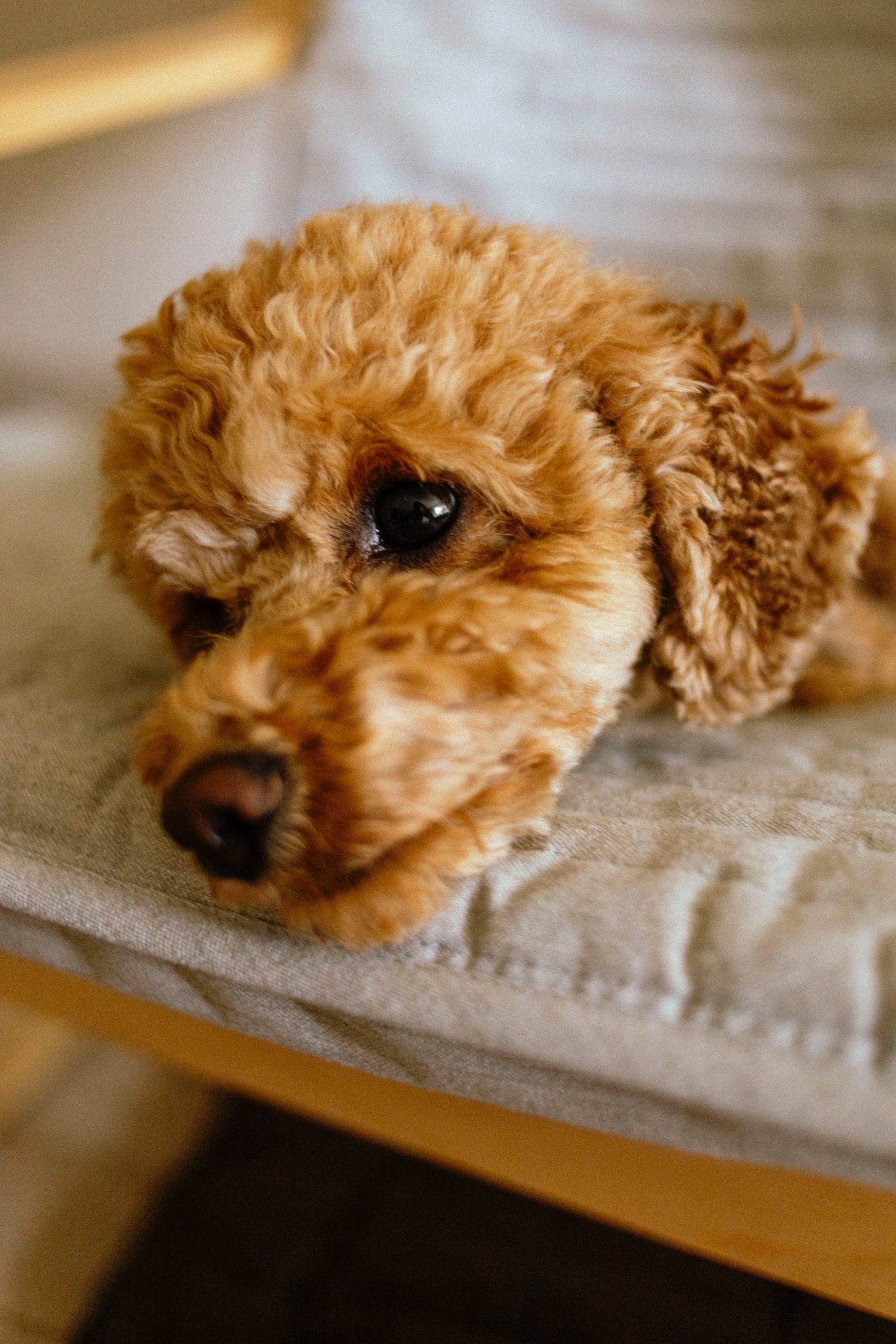It’s concerning when a dog suddenly refuses to eat regular food while eagerly accepting treats. As a pet owner, ensuring your dog’s health and happiness is a priority, and changes in eating habits can signal underlying issues that need addressing.
Changes in Taste Preferences
Dogs can be discerning about their food choices. They may grow tired of the same brand or type of food over time. Treats often come in various flavors and textures that can be more appealing. If boredom is the issue, consider rotating the food or trying a different brand to revitalize your dog’s interest.
Health Issues
When a dog stops eating, it’s essential to consider health. Dogs often hide their discomfort, so look for other signs like lethargy, vomiting, diarrhea, or behavioral changes. Dental issues, such as tooth decay or gum disease, can also make eating painful. If health concerns are suspected, a visit to the veterinarian can help identify any serious conditions.
Stress and Anxiety
Dogs are sensitive to changes in their environment, which can lead to stress or anxiety. Moving to a new home, introducing a new pet, or experiencing household changes can affect their eating habits. Negative experiences during mealtime, such as being scolded, can also contribute. Creating a calm feeding environment can ease anxiety; feeding in a quiet space away from distractions can help.
Spoiled or Stale Food
The quality of the food itself can influence a dog’s eating habits. If food is stale or spoiled, dogs will instinctively avoid it. Always check expiration dates and store food properly in airtight containers to maintain freshness. If you suspect the food has gone bad, switching to a fresh batch is the best course of action.
Preference for Human Food
Many dogs develop a taste for human food, especially if they’ve been given table scraps. This can lead to a preference for human food over kibble. While sharing meals may be tempting, it’s crucial to remember not all human food is safe for dogs. Over time, dogs may expect human food and refuse their own. Avoid feeding from the table to reinforce the importance of their kibble as their main source of nutrition.
Feeding Schedule and Routine
Establishing a regular feeding schedule can significantly impact a dog’s eating habits. Allowing free access to food throughout the day may reduce their appetite at mealtime. Setting specific meal times can help regulate their hunger and create a reliable routine. If a meal is missed, refrain from offering treats afterward, as this can reinforce the idea that skipping meals is acceptable.
Age and Life Stage
As dogs age, their nutritional needs change. Older dogs may require different diets than younger, active pups. A senior dog may show less interest in regular kibble due to changing nutritional needs or health issues. Consulting a veterinarian about transitioning to a diet formulated for senior dogs can be beneficial.
Food Sensitivities or Allergies
Some dogs develop food sensitivities or allergies that can lead to reluctance to eat their regular food. Symptoms like gas, bloating, or diarrhea may indicate a negative reaction to their current diet. Common allergens include beef, chicken, dairy, and grains. If food sensitivities are suspected, trying a limited-ingredient diet or consulting a vet for specific dietary recommendations may help.
Behavioral Conditioning
Dogs are responsive to conditioning. If a dog learns that refusing food leads to more treats or attention, this behavior may continue. To change this pattern, maintain consistency in feeding practices. If a meal is refused, pick it up after a designated period and offer it again at the next scheduled time. Avoid giving treats between meals to prevent reinforcing this behavior.
Medical Attention
If a dog’s refusal to eat lasts more than a day or two, seeking veterinary attention is crucial. A persistent loss of appetite can lead to serious health issues, including dehydration and malnutrition. A veterinarian can identify underlying health concerns and may recommend appetite stimulants or dietary changes.
Emotional Support
Dealing with a dog that won’t eat can be distressing. Staying calm and patient is important throughout this process, as dogs can sense their owners’ emotions. Spending quality time together, engaging in play or gentle exercise, can help maintain both mood and appetite. Sometimes, a little extra love and attention can make a significant difference.
Understanding the reasons behind your dog’s refusal to eat regular food while accepting treats is essential for addressing this behavior. By considering factors such as taste preferences, health issues, stress, and routines, you can help encourage a return to healthy eating habits. Always observe your dog’s overall behavior and consult a veterinarian if you have concerns. With patience and the right approach, maintaining your dog’s well-being during meals is achievable.



